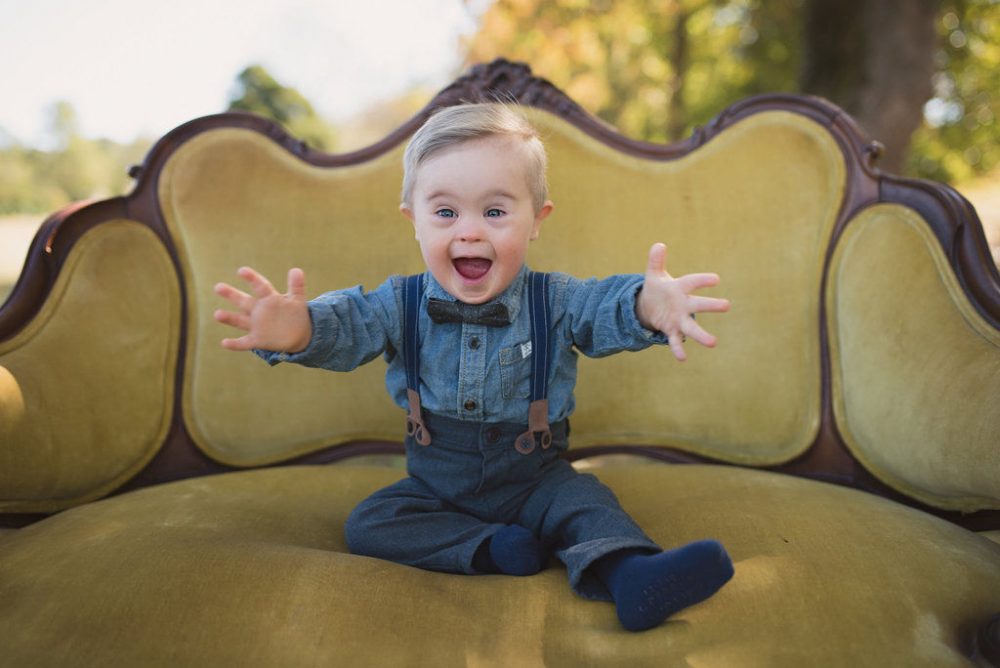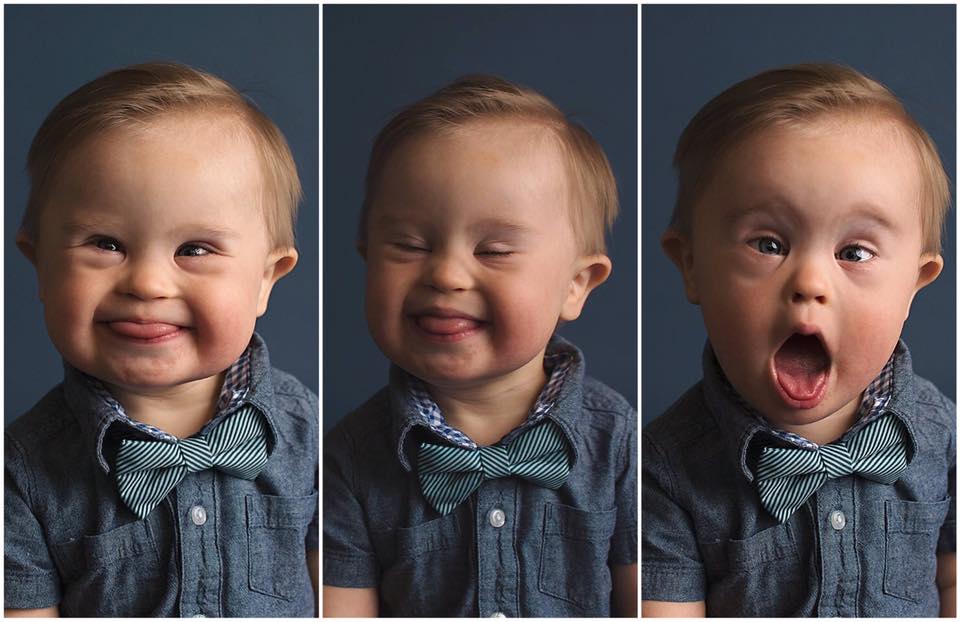Advertisement
Down Syndrome's Tiniest Ambassador? Asher Nash, OshKosh B'Gosh And The Beauty Of Us All

COMMENTARY
Some products are what marketers refer to as “aspirational.” These items — Rolex watches, Louis Vuitton bags, Cadillacs, Apple devices, Lulu Lemon yoga attire — are often priced to be unaffordable to the majority of consumers and/or promoted by the superstars who personify a level of accomplishment most of us will never achieve. Their implicit promise is that in owning them, prestige-hungry consumers will feel more creative, sexy, or successful.
But almost all advertising — even for more commoditized, affordable products — is aspirational. Beyond extolling the virtues of the product, ads move us to identify with the people using it, people who are just a little more than us — more attractive, more accomplished, having more fun. They relentlessly mine and shape our unconscious emotional responses. While most ads give some attention to a product’s benefits or features, at their core they are designed to play to both our ambitions and our insecurities. Buy me, own me, act like me, look like me, the ads surreptitiously purr. You will feel so much better about yourself if you do.
If our self-esteem and judgments of others continue to be rooted in the perception of physical beauty, we’ll have learned nothing from these advertising innovations.
Finding the right balance of ideal and actual isn’t easy. After all, even if we admire them, most of us tend to resent people who vastly and conspicuously outperform or out-enjoy us. But if advertising wisdom is to be believed, we also want to identify with those who are only slightly better than us — five pounds lighter, just a little smarter, dating someone a bit better looking than our own partner. The art is in creating ads that are motivating but not, as neuromarketing consultant Kenneth Dahl puts it, “too perfect for the audience to bear.”
That insight is what empowered Dove beauty products to launch its path-breaking Real Beauty campaign in 2004. Acknowledging that the women shown in most clothing and beauty product ads were unrepresentative, the company boldly (and with some fanfare) sought to make its own advertising more diverse and inclusive. While a sensational and welcome move, it was hardly risky. After all, 67 percent of American women wear size 14 and higher, while still accounting for only 1 to 2 percent of women featured in mainstream advertising and entertainment. So when Dove started plastering billboards and the sides of buses with beautifully shot photographs of larger (though still not obese) women, the company garnered not just positive press, but genuine appreciation among its consumer base.
This past week saw a similar breakthrough in the advertising world. Inspired by Changing the Face of Beauty, a non-profit organization that lobbies for the inclusion of people with disabilities in advertising and media, a Georgia woman named Meagan Nash posted a picture of her 15-month-old son, Asher, on Facebook, with a call for OshKosh B’gosh to consider him as a model.

Nash’s post quickly went viral, and the company responded. The beaming, exuberant face of this little boy born with Down Syndrome — and potentially pictures of other children with disabilities — will appear in a future ad or catalog. And in the wake of the publicity that Nash’s efforts received, children’s clothing manufacturer Carter’s (parent company of OshKosh B’gosh) has announced that, “We are committed to evolving our process to ensure that in the future children with special needs are better represented in our advertising campaigns."
Unlike overweight women and men — who are a plurality of the American population — only 0.14 percent of babies each year are born with Down Syndrome. Still, these children have been almost entirely absent from advertising (except, perhaps, promotions for the Special Olympics). Carter’s attempt to rectify that will undoubtedly be welcomed both by parents and by the kids who will finally have the chance to see someone who looks in some way like them in the fun-house mirror that is mass media.
But this is more than a feel good story.
Being the subject of aspirational advertising for baby clothes is fine. But serving as inspiration to look beyond looks is inspirational.
The sad truth is that in presenting a more diverse set of images (and thus a more expansive visual definition of beauty), marketers may help more of us feel a bit more comfortable in our own skins. Just as large-sized women violate the standard set by gaunt supermodels, the flat faces and slanted eyes of children with Down Syndrome run counter to our image of “cute” as epitomized by the round eyes and plump cheeks of the infant typically seen in advertising. They tell us that even though we don’t look like Giselle Bundchen or the Gerber baby, we are here. We are loved.
Of course, we should already know that.
But just as Miss Universe can gain weight, adorable babies grow up. If our self-esteem and judgments of others continue to be rooted in the perception of physical beauty, we’ll have learned nothing from these advertising innovations. As Ann Friedman wrote of Dove’s Real Beauty campaign, “The goal shouldn’t be to get women to focus on how we are all gorgeous in our own way. It should be to get women to do for ourselves what we wish the broader culture would do: judge each other based on intelligence and wit and ethical sensibility, not just our faces and bodies.”
I wish young Asher Nash great photo shoots, ample residuals, and lots of fun. But I also hope he develops his mother’s tenacity and fierce advocacy for the needs of others, special or not. Being the subject of aspirational advertising for baby clothes is fine. But serving as inspiration to look beyond looks is inspirational.
